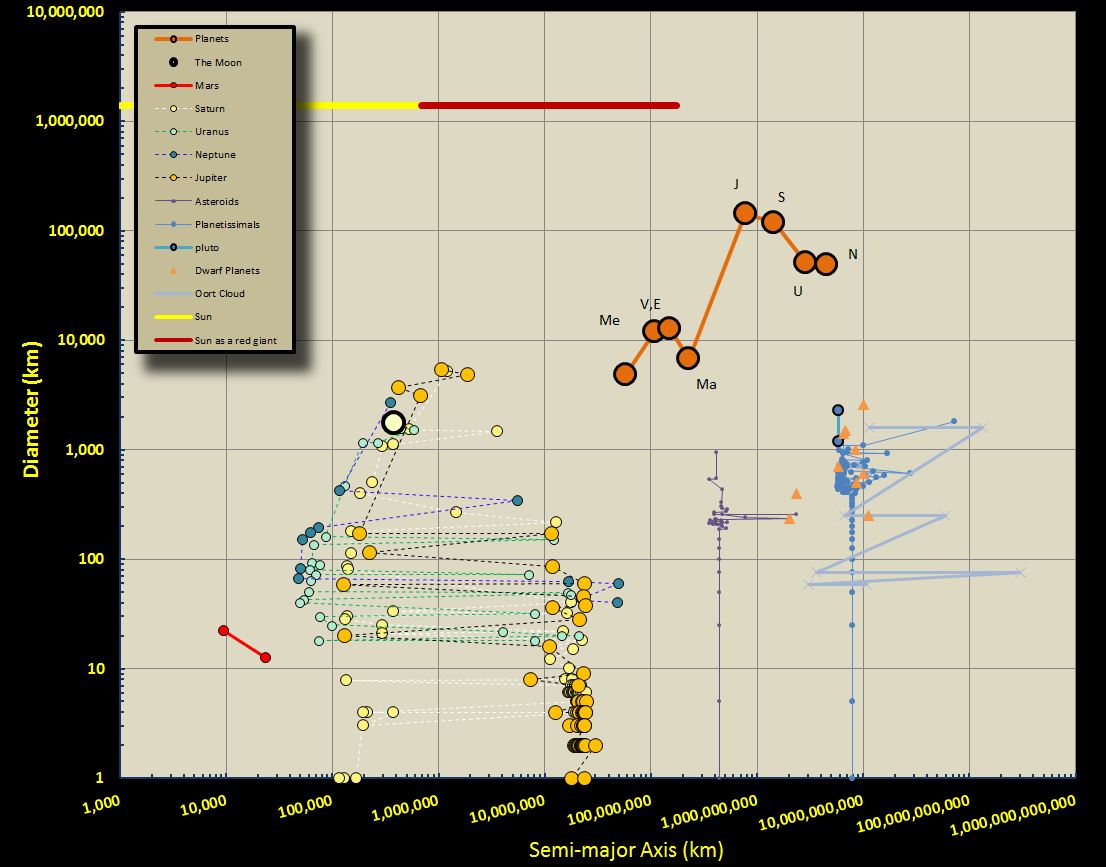 |
| Photo 1: Sundog, Halo, Diamond Dust in front of Castle Crag, McMurdo, Antarctica (Photo: TJI) |
 |
| Drawing 1: after Photo 1 (TJI) |
The haze became more obviously enveloping and was composed of tiny ice crystals called 'diamond dust'. So-called apparently because they look like diamonds under the microscope. As you will see, these are particularly awesome in terms of their optical effects and these are most dramatic when the crystals settle slowly in the breeze so that they are all oriented in a similar fashion.
As the icy dust came around us the most obvious thing to see was the parhelic circle that extended all the way around us (even looking directly away from the sun, though faintly). Then the sundogs shone out as the second brightest things in the sky after the sun, located at the left and right sides of the first halo. The second halo was fainter (see photo 2) at 46°from the sun. There were even two fuzzy patches marking out 'negative sundogs' located looking away from the sun, these are called 120° parhelia (drawing 2). At the top of the first halo there was an 'upper tangent arc' providing a mystical veil quality looking above the sun.
 |
| Drawing 2: Dome reconstruction of optical phenomena seen (TJI) |
 |
| Photo 2: Second halo and parhelic arc extending over Mt Erebus (TJI) |
 |
| Photo 3: 'Happy Campers' under diamond sky and a circumzenithal arc (TJI) |
Over the course of 30 mins the diamond dust slowly dissipated and after an hour the show was over. I felt like I had been treated to a vision from (a very cold) heaven with these beautiful traces, arcs, colours drawn out all around us. Probably the closest thing I have had to a religious experience as it turns out. Coming from a mineralogical background I could not help but conjure up crystallographic analogies as the view was very much like being in the centre of a stereonets (used for stereographic projections...Drawing 2 is based on this concept). It was like we were inside a giant imaginary hexagonal ice crystal with rays of light bouncing around in a crazy magical kingdom!
In one of my photos I did notice that a sun pillar had formed at a later stage in the afternoon below the sun. These ice-related optical phenomena can also show many types of pillars and arcs. Here is an outstanding website on a wide range of optical phenomena: http://www.atoptics.co.uk/halosim.htm
These guys also provide an amazing piece of software called 'Halosim' which allows you to define different populations of differently shaped and oriented ice crystals. We tried this over the course of a morning and found that we needed four populations to explain the array of haloes I saw.
- 37% hexagonal plates oriented randomly ==> 23° and 46°haloes
- 45% hexagonal plates dispersed 3 degrees on a vertical axis ==> parhelic circle, 120° parhelic spots and a one-sided circumzenithal arc.
- 3% hexagonal prisms with 'Parry-style' orientation parameters ==> upper tangent arc and weak diagonals within the inner halo (seen on some of my photos).
- 15% thin hexagonal plates with high angular dispersion around a horizontal axis ('Lowitz orientation parameters') ==> vertical pillars
The sun is blanked out in these simulates (it is at the centre of the inner halo) and therefore the flare of the sun on the camera lens obsucures most of the detail in the middle of this inner halo.
Another meteorological point is that the progression of these features throughout the afternoon indicated that populations of plates vs. prisms of ice changed proportions over time on the northwesterly breeze. Therefore settling, sorting, dispersal, tumbling, crystal growth all were very very dynamic during this afternoon. The sun pillar was more dominant towards the latter part of the evening.
An amazing feature of the Halosim program is that you can place any type of crystal in any colour of atmosphere with any type of sun...therefore allowing projections to be made from images from rovers on the moons of Jupiter and an assessment to be made about the crystals present in their atmospheres...sulphur...ice...or other!





